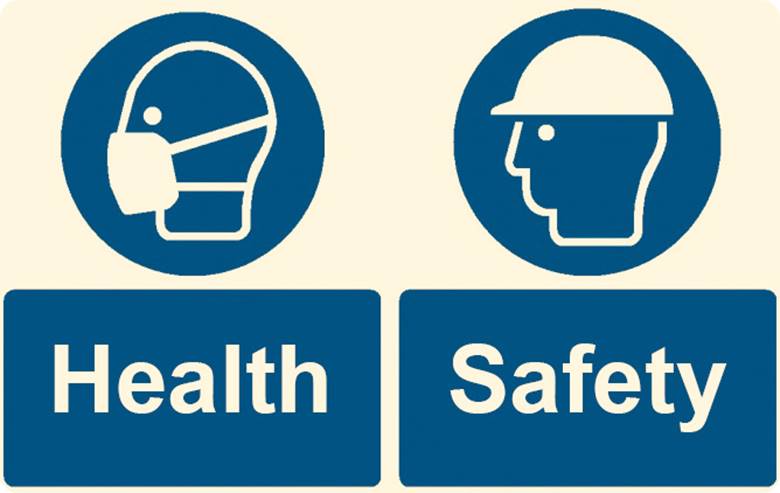If you run a small business, you often have to rely on your guile and cunning to understand your customers’ thoughts, needs and intentions. But that’s not how the big guns do it. Instead, they follow a specific process that gives them the best chance of reading their minds. And thanks to the law of averages, their approach works more often than it doesn’t.
Small business owners have enough on their plates, without worrying about what’s going on inside their customers’ heads. But if you can truly understand how their minds work, you put yourself at a competitive advantage – one that can pay dividends in the future.
So how do you read your customer’s minds? What techniques must you adopt? Take a look at these ideas:
Use Email Surveys
Short email surveys are a great way to get quick answers to quantifiable questions, such as whether customers enjoyed your delivery service. It doesn’t have to cost you any money, either. Just create a Google Forms questionnaire and then send it via your Gmail to your audience, giving them the chance to provide you with a quick rating in their browser. Within hours, you’ll have a decent sense of what people think about a particular aspect of your service without having to do any detailed or costly research.
Speak To Your Customers One-On-One
Speaking to customers one-on-one isn’t something that a lot of businesses ever get around to doing. They’re too busy focusing on satisfying market needs. With that said, some firms will often get in touch with their most loyal customers and have an in-depth conversation about what it is that makes them keep coming back. Often, these chats can continue for upwards of 30 minutes. At the end of them, you find out where your competitive strength lies and gather ideas for how to improve your operations.
Create A Focus Group
Some businesses are fortunate enough to have a group of customers who are passionate about what they do and willing to give up their time to assist. You might, therefore, want to create a focus group – somewhere that core customers can praise the good aspects of your enterprise and share your concerns.
Remember – most of your clients want you to succeed. The more value you can create, the more you can help them achieve the lifestyles that they want. Focus groups can discuss things like goals, challenges and product development. Don’t just pay lip service to the ideas that come up. Take time to do proper user research and make changes to your operations.
Write Down The Precise Phrases That Customers Use
Industry jargon often differs considerably from the words that customers who use your service actually use, leading to a breakdown in communication. Again, don’t just guess at the terms that your customers understand. Instead, mirror them precisely in your outreach, marketing and product labelling. If the words customers use sound a little silly, you don’t have to use them in your headlines. But you want them to make an appearance, at least somewhere, so that your value proposition doesn’t confuse them in any way.
Investigate Their Pain Points
The term “pain points” is a bit of a buzz word in the business community, but that’s okay: it’s actually describing something that requires special attention. It typically refers to any problem that the consumer wants you to solve but feels you can’t. For instance, they might want to bring their car to you for a service but don’t feel like they can because you don’t offer a replacement vehicle. As a service garage, your job is to tell customers that you can help them overcome this pain point by providing a temporary hire car.
Knowing customer pain points automatically puts you at a considerable advantage over the competition. Most firms don’t understand why their clients use them – at least, not on a fundamental level. Often you discover that the reason for using your service is very different from what you imagined.
Take Note Of The Content They Like
Customers also tell you a lot about themselves via the content that they consume, so you should take note. If you post a blog or create a video that gets triple the number of views of any other, you should spend time trying to figure out why.
Suppose, for instance, you sell bicycles over the internet. Let’s say you use most of the space on your blog to post about road bikes, but then one day, you suddenly switch to electric, and it gets three times as many views. If the title of the post is relatively uncontroversial, it tells you that people are probably more interested in battery-powered forms of transport than they are regular road bicycles. You get the picture.
Build Customer Empathy
Customer empathy is a technique that a lot of the big brands use to prove to their audiences that they understand their problems. You’ve probably seen this approach in marketing as a customer yourself. A firm will often approach you with an offer, claiming to understand that which pains you.
So, for instance, you might want a cheap and straightforward accounting service with real people you can call anytime. Such services exist, but they’re notoriously expensive most of the time. You can point this out, saying something like, “sick and tired with expensive personal accountants? We make it cheap and easy.”
Building customer empathy requires an understanding of the underlying issue that customers face. Harry’s Razors, for instance, pulled this off perfectly. It discovered that most men didn’t actually want to pay inflated prices to global brands. Instead, they just wanted a decent shaving experience. The company, therefore, got to work fast on convincing everyone that they could get the same quality experience, but at a much lower price point.
Reading your customers’ minds is something that all the top companies do to get ahead. Once you really get to know the people you serve, you’re in a much better position to turn a profit.

 Pexels – CC0 License
Pexels – CC0 License Pexels – CC0 License
Pexels – CC0 License

